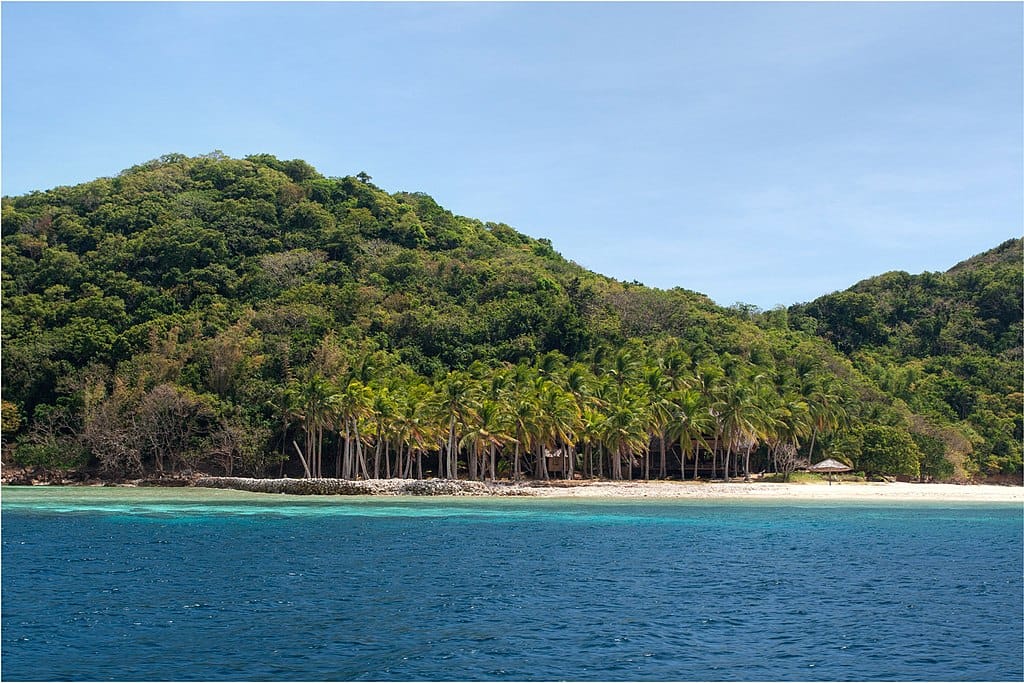
Introduction: A Journey into Palawan’s Most Stunning Islands
Imagine stepping onto an untouched tropical paradise, where towering limestone cliffs, hidden lagoons, and pristine coral reefs stretch as far as the eye can see. This is the Calamian Group of Islands, one of the most breathtaking destinations in Palawan and a must-visit stop on the Coron to El Nido tour.
Famous for its world-class diving spots, crystal-clear waters, and diverse marine life, the Calamian Islands have become a top destination for adventure seekers, snorkelers, and eco-tourists. But beyond its natural wonders, these islands also hold a rich historical past, from ancient indigenous tribes to Spanish colonial influences and World War II shipwrecks.
Today, the Calamian Group of Islands is not just a tourist hotspot—it’s also a key focus of marine conservation efforts, with organizations working to protect its fragile ecosystems. Join us as we explore the history, beauty, and preservation of this stunning island group.
Exploring the Calamian Group of Islands on the Coron to El Nido Tour
The Calamian Group of Islands is located in the northernmost region of Palawan, consisting of four major islands—Coron, Busuanga, Culion, and Linapacan—along with many smaller islets. Each of these islands offers unique experiences for travelers.
1. Must-Visit Islands and Attractions
✔ Coron Island – Famous for its breathtaking limestone formations, Kayangan Lake, and Twin Lagoon.
✔ Busuanga Island – Home to WWII shipwrecks, perfect for wreck diving enthusiasts.
✔ Culion Island – Once a leper colony, now a peaceful historical town with a rich colonial past.
✔ Linapacan Islands – Featuring some of the clearest waters in the world, perfect for snorkeling and diving.
📍 Why It’s Special: The Coron to El Nido route takes you through the most spectacular hidden gems of the Calamian Islands, offering a blend of adventure, relaxation, and history.
2. Diving and Snorkeling in the Best Waters of the Philippines
The Calamian Islands are home to some of the best diving Philippines has to offer, with diverse underwater ecosystems waiting to be explored.
✔ Japanese Shipwrecks of Coron – Dive into history by exploring sunken WWII ships covered in coral.
✔ Barracuda Lake – A unique thermocline lake where freshwater and saltwater mix.
✔ Tubbataha Reefs Natural Park – A UNESCO World Heritage Site known for massive coral formations and pelagic species.
📍 Unforgettable Moment: Imagine swimming with sea turtles, reef sharks, and colorful fish in the pristine waters of the Calamian Islands.
The History of the Calamian Group of Islands
Beyond its natural beauty, the Calamian Islands hold a deep historical significance, dating back centuries before Spanish colonization.
1. Why Is It Called the “Calamian Group of Islands”?
✔ The name Calamian is believed to have originated from early Austronesian settlers, who referred to the area for its abundant marine life and rich forests.
✔ During the Spanish colonial period, the islands became a strategic point for trade, religious missions, and fortifications against pirate attacks.
✔ In World War II, the region was a key battleground, leading to the sinking of Japanese warships, now turned into famous dive sites.
📍 Fun Fact: The indigenous Tagbanua people have lived on these islands for centuries, preserving their unique culture and traditions.
2. Indigenous Communities and Their Connection to the Land
The Tagbanua people, one of the oldest ethnic groups in the Philippines, have maintained their traditional way of life in the Calamian Islands.
✔ They practice sustainable fishing and farming, ensuring the islands remain untouched.
✔ Their ancestral domain includes protected marine areas, where fishing and tourism are carefully regulated.
✔ The Tagbanua language and rituals are still alive, passed down through generations.
📍 Why It Matters: By visiting the Calamian Islands, you’re also supporting the preservation of indigenous heritage and helping sustain local communities.
Conservation Efforts: Protecting the Calamian Islands for the Future
Due to its rich biodiversity and growing tourism industry, various organizations have been working to protect the marine and terrestrial ecosystems of the Calamian Islands.
1. Marine Protected Areas and Conservation Programs
✔ Tubbataha Reefs Natural Park – A UNESCO World Heritage Site, ensuring the conservation of marine biodiversity.
✔ Siete Pecados Marine Park – A community-managed reef sanctuary, helping coral regeneration.
✔ Palawan Council for Sustainable Development (PCSD) – Implements sustainable tourism policies and wildlife protection programs.
📍 Why It’s Important: Without conservation efforts, the coral reefs, marine life, and cultural heritage of the Calamian Islands could be lost to over-tourism and environmental damage.
2. How Tourists Can Help
✔ Choose eco-friendly tour operators that prioritize marine conservation.
✔ Respect local customs and protected areas, following responsible travel guidelines.
✔ Support local communities by purchasing handmade crafts and products from indigenous groups.
📍 Pro Tip: By practicing responsible tourism, you help ensure that the Calamian Islands remain a paradise for generations to come.
Conclusion
The Calamian Group of Islands is more than just a tropical paradise—it’s a living history of Palawan’s past, a sanctuary for marine biodiversity, and a destination where adventure meets preservation.
🌴 Are you ready to experience the beauty and history of the Calamian Islands? Book your Coron to El Nido tour today and discover this incredible destination! 🏝️🐠🌊

